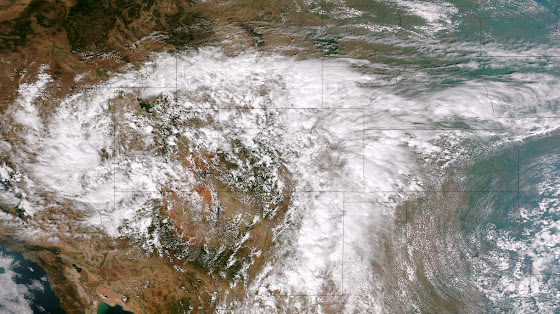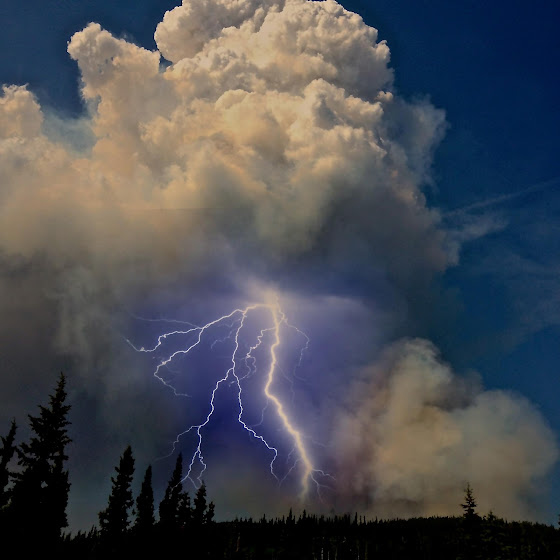
September 2013 will forever be etched in the memory of all Coloradans as one which brought amazing destruction – and death. Images of the truly historical event tell the story of the damage in the aftermath but also show the indomitable human spirit and the willingness of Americans to come together and help in times of need.
Northeastern Colorado has a surprisingly arid climate but also is an environment ripe for extreme weather events like the rain and floods we experienced.
The cost and final death toll from the floods will be determined in the coming days, weeks and months but we know already this is one for the record books.
The September 2013 event lasted multiple days and effects were felt from the mountains and foothills to the flat eastern plains. Many locations saw rainfall totals over four days equal to half of what they normally receive in an entire year.
The images in the slideshow below were gathered from a variety of sources. If you have photos to share, please email them to info@thorntonweather.com and we will add them.
- Don’t miss a thing when it comes to our ever-changing weather! Be sure to ‘like’ us on Facebook, follow us on Twitter and add us to your Google+ circles.
| [flickr_set id=”72157697969563182″] |








